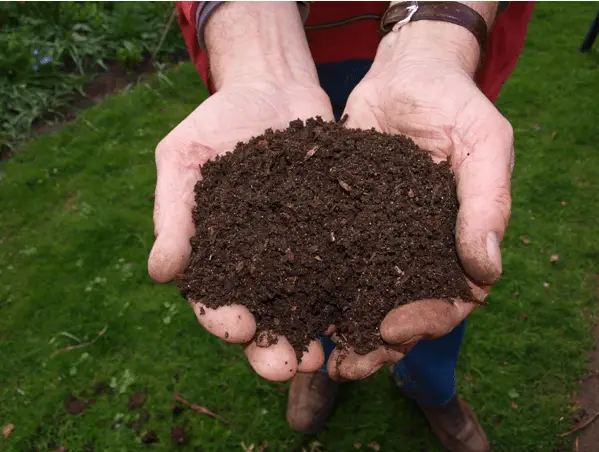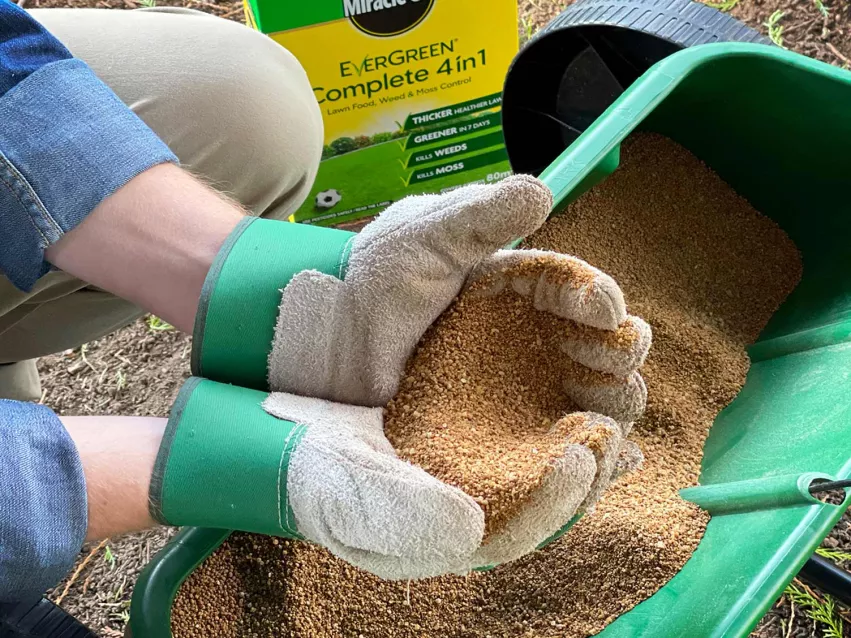When to Mow Your Lawn After Winter
Last Updated on April 7, 2025 by Duncan
You are not alone if you are wondering when you can start cutting your grass after the winter.
As the frost begins to recede and the first traces of spring bulbs planted in the autumn emerge in borders and containers, it may be the ideal moment to cut your grass.
Cutting a lawn again after winter depends on the climate in your zone and the local weather.
While this is the case, if you’re anxious to get your lawn mower out of the garage and have some springtime backyard ideas, you might be wondering if you can start cutting your lawn again this weekend, and it’s okay, as we are all different.
When can you start cutting your lawn again?
So, when can you start cutting your grass again after the winter? Most experts recommend that March, or possibly late February, is the best time to resume lawn trimming.
Before cutting, ensure that all chances of frost have passed and that the lawn is not too damp. If the grass is frozen or you have a random overnight frost, stay away from it, as you will quickly break off tender green shoots.
You should note that grass will grow again when the temperature climbs over 42ºF/6ºC.
If your grass appears to need cutting again, the conditions are correct, and the long-term weather forecast is favorable, it is safe to resume mowing the lawn – doing so should result in a green and thick lawn that you are proud of.
How to prepare your lawn for cutting after winter
When cutting your lawn for the first time in spring, it’s likely to seem a little unkempt and overgrown, so remove the area of any leaves, sticks, and other debris that may interfere with mowing or damage the mower blade.
Debris on the top of your lawn can weaken or suffocate grass, leaving it vulnerable to fungal infections and ugly yellowing.
If your grass appears weary, aged, and thatch-like, scarify the surface using a spring-tooth rake to remove decaying or dead organic materials.
First, rake over in one direction, then at a right angle to the first incisions. If your grass looks a little threadbare, as it typically does after a harsh winter, prepare to plant bald sections by pulling weeds and softly forking them to break up the soil.
And keep in mind that even if your lawn appears to be dormant, it is ready to go.
Sharpen your mower blades. Dull blades can shred your grass instead of cutting it smoothly, leaving it susceptible to disease. While at it, thoroughly inspect your entire mower and ensure that everything functions as well as it should.
Top tips when cutting grass after winter
On the initial mow, remove only a tiny portion of the top of your grass – less than one-third of the height is good.
Cutting too close stresses the grass, resulting in weak roots and increasing your lawn’s susceptibility to dryness, disease, and barren spots. You can gradually take more off over the following weeks without hurting the grass.
Cut later in the day, when the frost has melted, or the dew has evaporated. Remember that you are better off cutting dry grass.
If the ground is excessively damp, the mower’s weight can damage the grass and compact the soil, making it difficult for the grass to form strong roots. If it has been damp or thick soil, wait a few dry days before mowing.
Determine whether your grass has reached the appropriate height. Cool-season grasses in Minnesota have an optimal height of about 2″-2.5″. However, keep in mind that this is the height after the haircut.
When you mow, you should remove no more than one-third of the grass’s height. Thus, your pre-cutting measurement should be around 3″-3.75″ for most cool-season grasses.
Nobody likes to haul out a tape measure every time they go to mow their lawn. Here’s a tip for setting the lawnmower height: Adjust the height of your blade and leave it there.
Mark a line on your lawnmower’s wheel to indicate the minimum amount of pre-cutting. Then, draw an arrow to indicate which way is “up” when the wheels rotate. It is time to trim when the grass has grown tall enough to reach the line.
How often do you mow your lawn after the first cut
After you’ve done the first mow of the season, don’t wait too long to cut your lawn again. The second mow makes the lawn look clean and tidy.
Many homeowners mow every seven days in the spring, although the frequency varies according to the growing circumstances and cutting height.
Be careful not to trim away too much, which you can find out by researching the appropriate height for your grass variety.
You should never chop off more than one-third of the leaf blade in a single mowing. If you prefer short grass, mow when 3 to 3 3/4 inches tall. If you choose a taller lawn, mow when the grass is 4 1/2 to 5 1/4 inches tall.
Taking care of your lawn after the first cut
You should mow your grass in different patterns and orientations each time. This helps to minimize repeated tire compaction and keep the soil in better condition.
It’s easy to get into the habit of mowing in the same pattern every time, so try to change things up now and then.
You should water your lawn approximately an inch every week and apply fertilizer in the spring. Even this being the case, avoid overwatering or fertilizing your lawn, as this will cause thatch problems.
FAQs
Should you mow your lawn in winter?
You should mow your lawn as frequently as possible, at least once a week, throughout the main growing seasons of April to June and September to October.
You should not be afraid to mow your grass in the winter as long as the ground is not soggy or frozen. You should note that regularly cutting your grass at the proper height can foster better development from the roots to the tip. And this is what you want.


